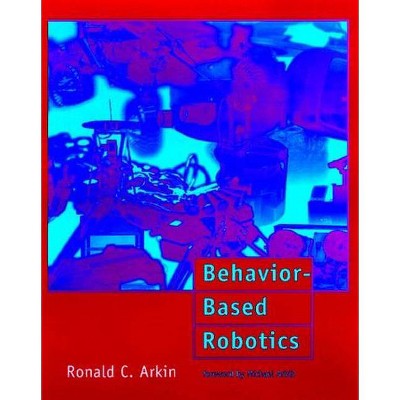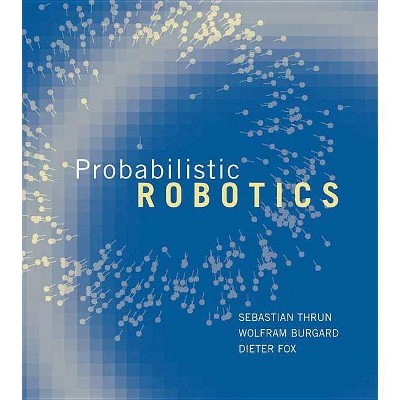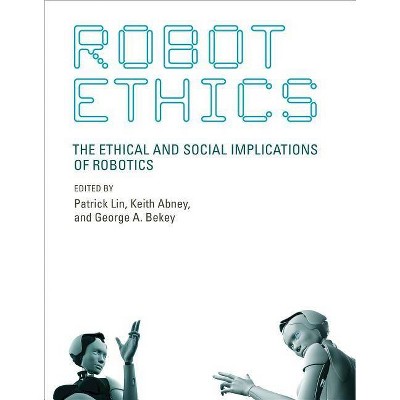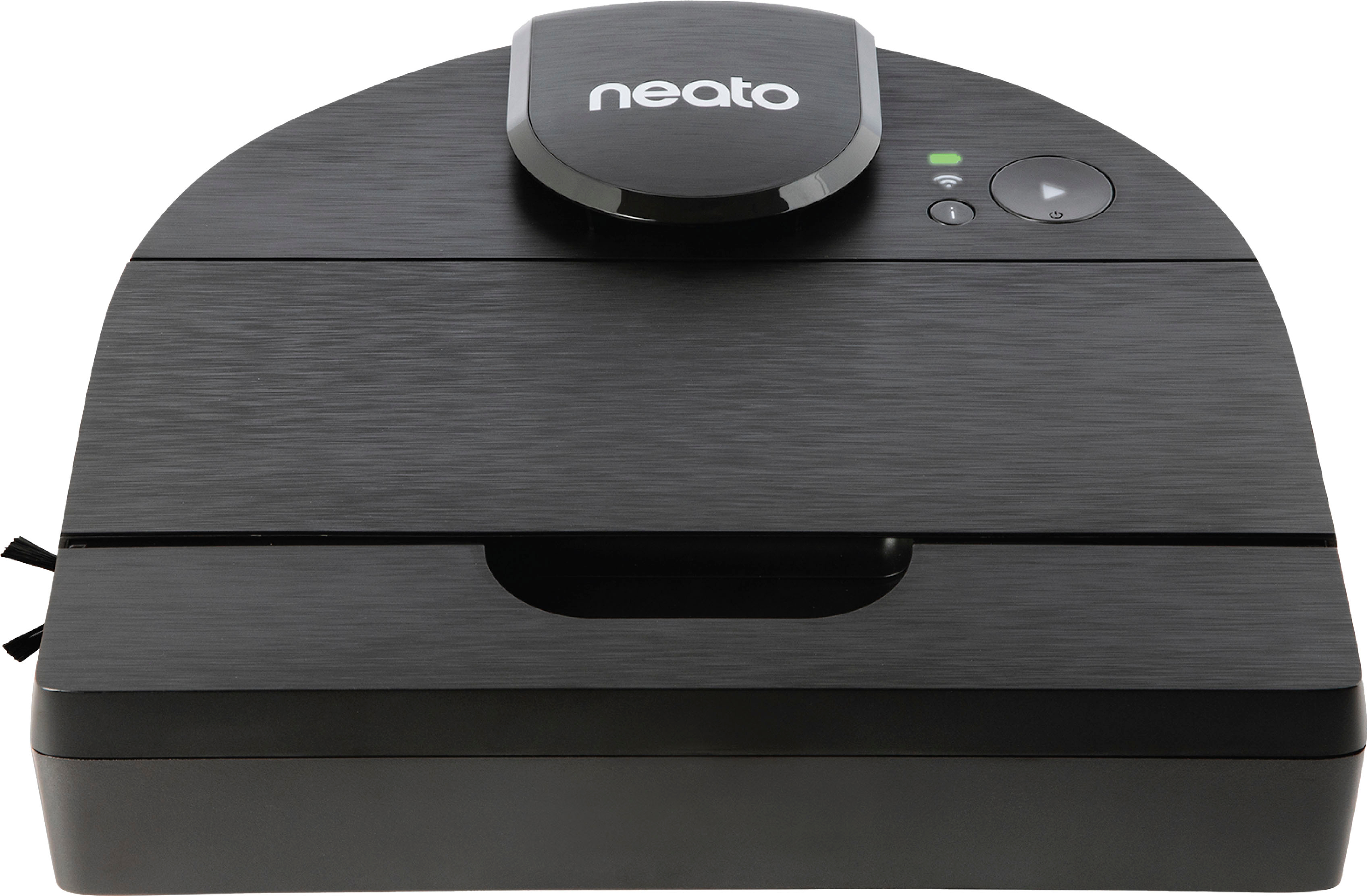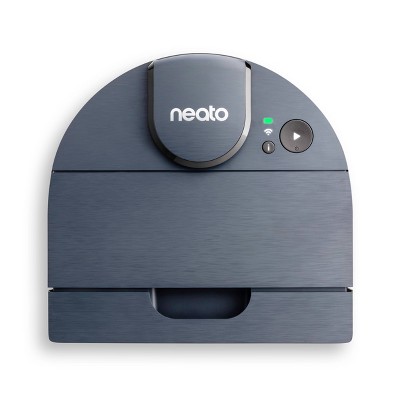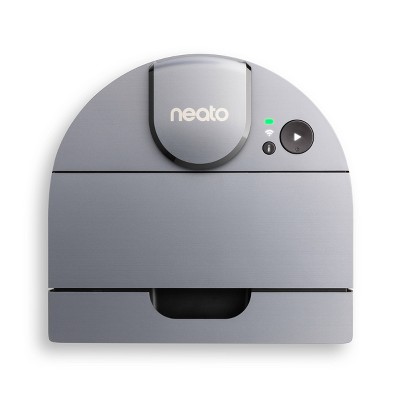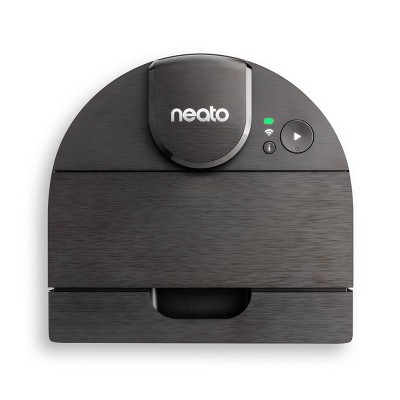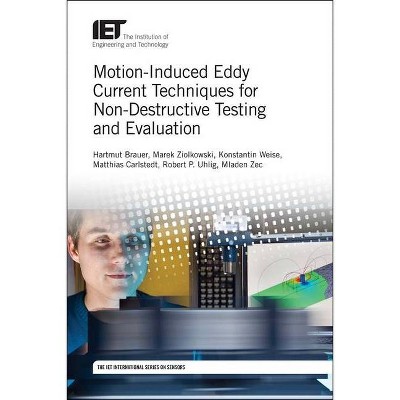Principles of Robot Motion - (Intelligent Robotics and Autonomous Agents) (Hardcover)
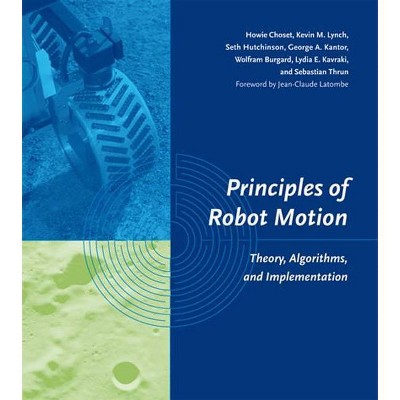
Similar Products
Products of same category from the store
AllProduct info
<p/><br></br><p><b> About the Book </b></p></br></br>A text that makes the mathematical underpinnings of robot motion accessible and relates low-level details of implementation to high-level algorithmic concepts.<p/><br></br><p><b> Book Synopsis </b></p></br></br><b>A text that makes the mathematical underpinnings of robot motion accessible and relates low-level details of implementation to high-level algorithmic concepts.</b><p>Robot motion planning has become a major focus of robotics. Research findings can be applied not only to robotics but to planning routes on circuit boards, directing digital actors in computer graphics, robot-assisted surgery and medicine, and in novel areas such as drug design and protein folding. This text reflects the great advances that have taken place in the last ten years, including sensor-based planning, probabalistic planning, localization and mapping, and motion planning for dynamic and nonholonomic systems. Its presentation makes the mathematical underpinnings of robot motion accessible to students of computer science and engineering, rleating low-level implementation details to high-level algorithmic concepts.</p><p/><br></br><p><b> About the Author </b></p></br></br>Howie Choset is Associate Professor in the Robotics Institute at Carnegie Mellon University. <p/>Kevin M. Lynch is Associate Professor in the Mechanical Engineering Department, Northwestern University. <p/>Seth Hutchinson is Professor in the Department of Electrical and Computer Engineering, University of Illinois at Urbana-Champaign. <p/>George Kantor is Project Scientist in the Center for the Foundations of Robotics, Robotics Institute, Carnegie Mellon University. <p/>Wolfram Burgard is Professor of Computer Science and Head of the research lab for Autonomous Intelligent Systems at the University of Freiburg. <p/>Lydia E. Kavraki is Professor of Computer Science and Bioengineering, Rice University. <p/>Sebastian Thrun is Associate Professor in the Computer Science Department at Stanford University and Director of the Stanford AI Lab.
Price History
Cheapest price in the interval: 85 on November 6, 2021
Most expensive price in the interval: 85 on February 4, 2022
Price Archive shows prices from various stores, lets you see history and find the cheapest. There is no actual sale on the website. For all support, inquiry and suggestion messages communication@pricearchive.us
